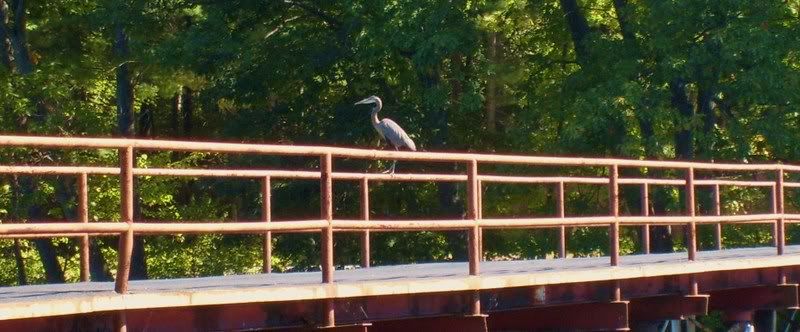Save money, save energy, save resources, save the world. Okay, maybe it’s not quite that simple. But there are many ways, big and small, to conserve energy and resources. While there are ways to do this at home, institutional applications can have a bigger impact, and serve as a way to showcase these methods of conservation.
Mount Wachusett Community College has won praise and awards for its innovative use of renewable energy. Technologies in place include solar-electric panels, a biomass plant which burns wood chips to heat the campus, a heat pump to heat the swimming pool, and a gasification unit which uses gases from wood chips to generate electricity. The college also has a meteorological tower in place, which measures wind speeds, gathering data which is used to determine the optimal wind turbine setup for the location.
MWCC’s solar panels currently have a peak output of 5 kilowatts of electricity. In the near future, more panels will be installed, which will produce an additional 100 kW. Funding for the upgrade comes from the IRS, Clean Renewable Energy Bond, and the Massachusetts Technology Collaborative.
The gasification unit is the most innovative of the technologies in place at MWCC. Like the biomass plant, it uses waste woodchips as an energy source. These chips are a by-product of the lumber industry, and would otherwise be left to rot. However, rather than simply burning them for heat, volatile gases are extracted by subjecting the chips to high heat and pressure levels. These gases are then piped to a modified gasoline engine, which runs a generator. The unit puts out 50 kW of electricity. It is in the research and development phase, being tested by the college for the U.S. Department of Energy.
In the future, MWCC hopes to pursue a relationship with Green Fuels. Green Fuels is a company that is employing a new system which uses algae to turn carbon dioxide back into oxygen. The carbon dioxide is a result of burning fuel for heat. Gases are collected from the smokestack, and bubbled through an array of clear tubes containing water and algae. The algae reproduces quickly, using the carbon and releasing oxygen. Algae that has been through the cycle is then collected. It can then be dried, and used for fuel in a biomass plant. Another option is to press it, and use the resulting oils to make biodiesel, which can be used in a traditional oil-heat system. Due to re-organization of the Green Fuels company, the partnership with MWCC has been postponed until further notice.


